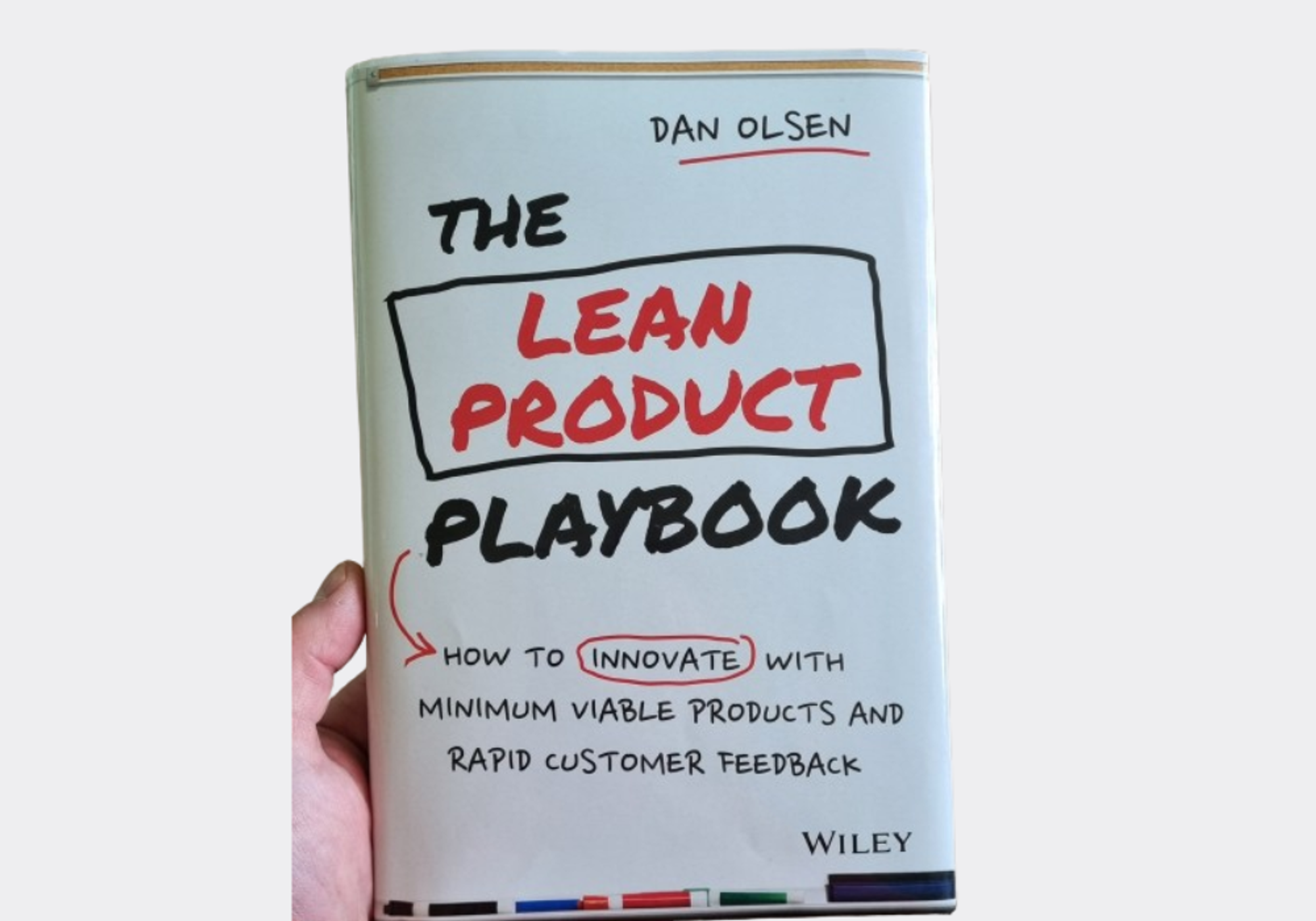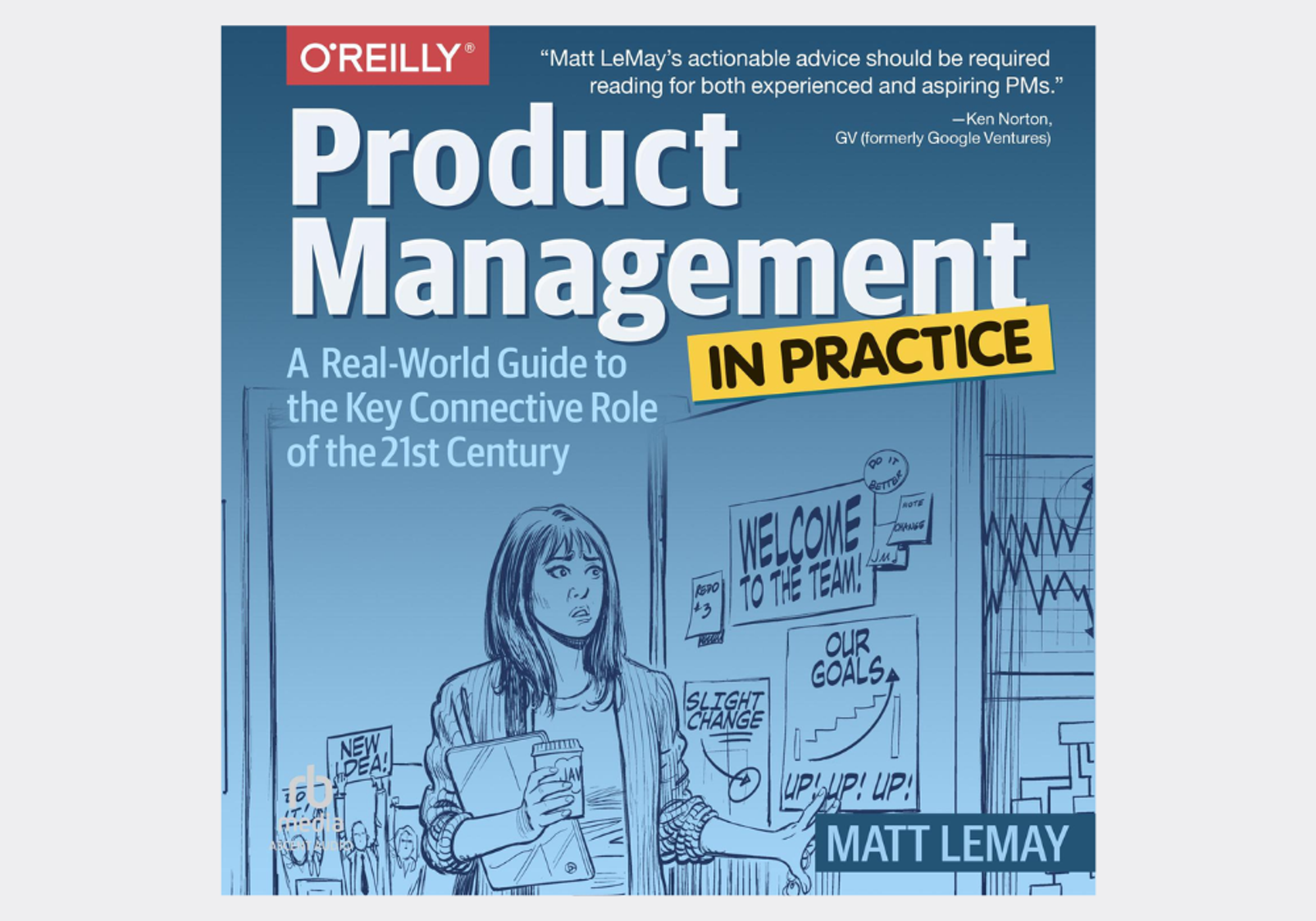Best Product Management Books for Startups 2024
Last updated on Wed Aug 14 2024
Wondering which product management books are worthy of your time? No need to worry, we've organized a list of the most impactful books that have shaped us as startup founders and product managers.
Product management is an intricate task and that's why we endorse product management books. Before delving into each book individually, let's try to discern what a product management book is. Let's begin!
A "product management" category isn't something you'll come across on Amazon or in a library. That’s because the domain of product management encompasses a myriad of skills and obligations. Consequently, product management books are disseminated across various categories.
Here’s a quick list:
Leadership
Business strategy
UX and design
Product development and innovation
Marketing and sales
Frameworks and methodologies
A book on leadership designed for CEOs can provide valuable insights for PMs at the helm of cross-functional teams. Moreover, a marketing book can equip you with insights on positioning and promoting a novel product—regardless of whether it was designed specifically for SaaS PMs.
Does it seem logical to find books created for your specific role? Absolutely. But don't confine yourself to only those categories. Diversify your knowledge and peruse books from assorted domains.
5 Top Product Management Books
1. The Lean Product Playbook

The Lean Product Playbook by Dan Olsen has garnered much attention. Pioneers and CEOs from renowned companies have given it exceptional reviews.
Besides, it's among the most popular product management books altogether. But that’s not why we adore this book. We admire it because it serves as a practical handbook for product managers aspiring to create innovative products that resonate with customers.
Olsen's methodology is based on the minimum viable product (MVP) concept—a principle you’re likely familiar with (but might misunderstand). This resource provides a simple, sequential procedure for designing and launching successful products. We believe the guidance is insightful and generally applicable to any type of product or firm.
Primary Takeaways
Identify and prioritize unmet needs. It is essential to comprehend your target market and meet their unfulfilled needs.
Define your unique selling proposition. Once you've targeted unmet needs, the next task is to ensure your product outperforms its competitors. This entails crafting an enticing value proposition that connects with your target market.
Minimum Viable Product (MVP). MVPs are crucial in lean product management. Test your product with minimum features before investing in a full-scale one. Validate presumptions and modify based on
.
User experience (UX). The Lean Product Playbook underscores user experience in product development. Evaluate your MVP with customers to validate and enhance the user experience based on their feedback.
Who Would Find It Useful?
The Lean Product Playbook is ideal for product managers, entrepreneurs, and anyone working on improving products. It's suitable for startups and those who have been around for a while and are eager to enhance their product-making.
Where Can You Purchase It?
You can procure the book on Amazon as a Kindle e-book, paperback, or audiobook.
2. Inspired

Inspired: How to Create Tech Products Customers Love by Marty Cagan provides valuable insights into devising successful tech products. It extracts from Cagan's personal experience in product management and offers a novel framework for success.
Cagan delineates the roles of the product manager, designers, engineers, and the head of the product or CPO. He exemplifies how each role's emphasis on customer needs, industry knowledge, and perpetual improvement contributes to success.
He additionally explains how to generate inspiration, surge insight, and boost motivation from customers and team members.
Essential Lessons
Tap your engineers for their ideas. Often, your engineers can be your top source for innovative, inspired ideas as they’re wading through the intricacies, making the product function.
Inspired products take great technology, design, and persistence. A successful product necessitates a solid technology foundation, a tasteful design, and a resolve to continuously strive to drive users to see the value.
Risks aren't (always) risky: It’s often riskier not to take risks than it is to acknowledge and plan for known risks. This includes recognizing and addressing potential risks early during the planning process.
Customer discovery and continuous testing. It’s imperative to maintain an open line of communication to truly understand your customers' requirements. That’s why
is incredibly beneficial - it offers companies a collection of tools for obtaining, organizing, and prioritizing feedback on a large scale.
Who Is It Recommended For?
The book is popular among product managers, designers, and tech leaders aiming to innovate and succeed in the field.
Where To Purchase?
Inspired is available online through various retailers like Amazon, Barnes & Noble, and Wiley's official website.
3. Shape Up

Shape Up: Stop Running in Circles and Ship Work that Matters by Ryan Singer outlines the exact product development process he instituted at Basecamp. The focal element of the process is called “shaping,” which involves determining the extent of a project and setting clear boundaries for what will be incorporated into the work.
This methodology eradicates the conventional approach of creating lengthy and intricate project plans. Instead, it hones in on short-term cycles known as “bets” where teams work on a specific feature or improvement at once.
Shape Up also underscores the significance of frequent testing and customer feedback. Regular interactions with customers and adjustments based on their needs ensure your product is always evolving and improving.
Key Learnings
Dual track development. Divvy up work into “shaping” (i.e., planning and designing) and “building” stages. Large projects have six-week cycles, while smaller ones have two-week cycles.
Projects start with a narrative. Each project commences with a narrative where you elucidate problems, timelines, solutions, possible issues, and extent.
Backlogs. It’s not essential to maintain a backlog (as per this book's advice). Instead, backlog items are appended to imminent cycles based on customer inputs, how they align with the product vision and strategy, and the team’s capacity.
Full-stack progress. Arrange work by deliverables and outcomes rather than individual contributions. This prevents isolated work and fosters collaboration across the team while enabling individuals to take ownership of their part in the project.
Who Can Benefit From It?
Shape Up is ideal for product managers, designers, developers, and team heads pursuing a streamlined approach to product development.
It's not only useful for those in charge of project delivery and strategy but also for team members looking to refine their project planning and execution methodologies. During a winter arc-a period of slower pace often used for reflection or internal projects-Shape Up can offer a structured yet flexible framework to focus on meaningful progress without the pressure of constant output.
Where Can You Find It?
It is available on Basecamp's site. You can read the entire book online for free, though the print edition is also available for purchase.
4. The Hard Thing About Hard Things

The Hard Thing About Hard Things: Building a Business When There Are No Easy Answers by Ben Horowitz isn’t your typical product management guide. However, it provides precious insights and advice for anyone in a leadership role. Basically, it's a compilation of lessons, warnings, and instructions for business leaders.
Horowitz doesn't candy-coat or romanticize anything here — he's candid about the tough choices founders and PMs are bound to confront. For instance, he talks about agonizing decisions like laying off a friend, divesting your company, and managing employee psychology.
In essence, Horowitz conveys the notion that leadership is demanding because it signifies unavoidable crises, stress, and impossible decisions—not because of hurdles like finding great hires or establishing grand goals.
Disclaimer: This description might seem somewhat dismal, but the book is extremely helpful and motivating.
Main Teachings
There's no easy solution to dealing with a crisis: No secret formula exists for dealing with tough choices. They’re always arduous, the best thing you can do is tackle them with honesty, empathy, and concentration.
Communication is key: Clear, honest communication is of utmost importance during tough times. If your back is against a wall, educate your team about what’s at stake so they can comprehend the gravity of the situation and work towards a resolution.
Focus on your company's well-being: Leaders should prioritize the well-being of people, products, and profits—in that order. Invest in training programs, recruit for strengths, and foster a favorable workplace.
Mental strength and support: Leadership can be lonely and stressful. Most leaders will need a strong support group, comprising friends and peers to assist them in coping with challenging decisions and crises.
Who Should Read This Book?
This book is perfect for present and potential entrepreneurs, startup founders, and business leaders facing or preparing for the challenges of managing a business. It's particularly useful for those interested in learning about the product management process, firm culture, and leadership.
Where To Buy It?
It's broadly available online from established retailers like Amazon, Barnes & Noble, and independent bookstore websites.
5. Product Management in Practice

Lastly, we have a book that is recommended for those seeking a comprehensive guide to product management. This book revolves around The Nucleus of Product Management: Product Management in Practice by Matt LeMay.
Communication
Organization
Research
Execution
It adopts a hands-on approach to the product manager role and provides plenty of actionable advice and frameworks. If you have an interest in product management, this is a must-read.
Significant Lessons
Communication. Communication is one of the most pivotal skills you need to cultivate. Without it, you’re heading for major obstacles in product management.
Prioritization. A sound prioritization strategy is a necessity. You are bound to make costly blunders if you leave tasks up to gut instincts.
Adaptability. Changes in direction and modifications are inevitable in product management. You need to be able to adapt promptly and make resolutions based on new data.
Data-driven decision-making. Gathering and analyzing data is a key necessity for making informed resolutions as a product manager. Using data can also assist you in articulating your ideas and validating your decisions.
Who Is It For?
Anyone searching for guidance in a product management role would find it beneficial.
Where To Buy It?
The book is available for purchase on Amazon.
Wrapping It Up
And there you have the five must-read books that every product manager should have in their collection.
If you are building a product, this suite will help you collect user inputs, conduct surveys, prioritize features, and establish a roadmap - all within a beautiful and intuitive design.
Best part? It comes with a free plan, and you can migrate from any existing tools in seconds, so there's no downside in giving it a try.
You can start collecting and managing feature requests for free today.